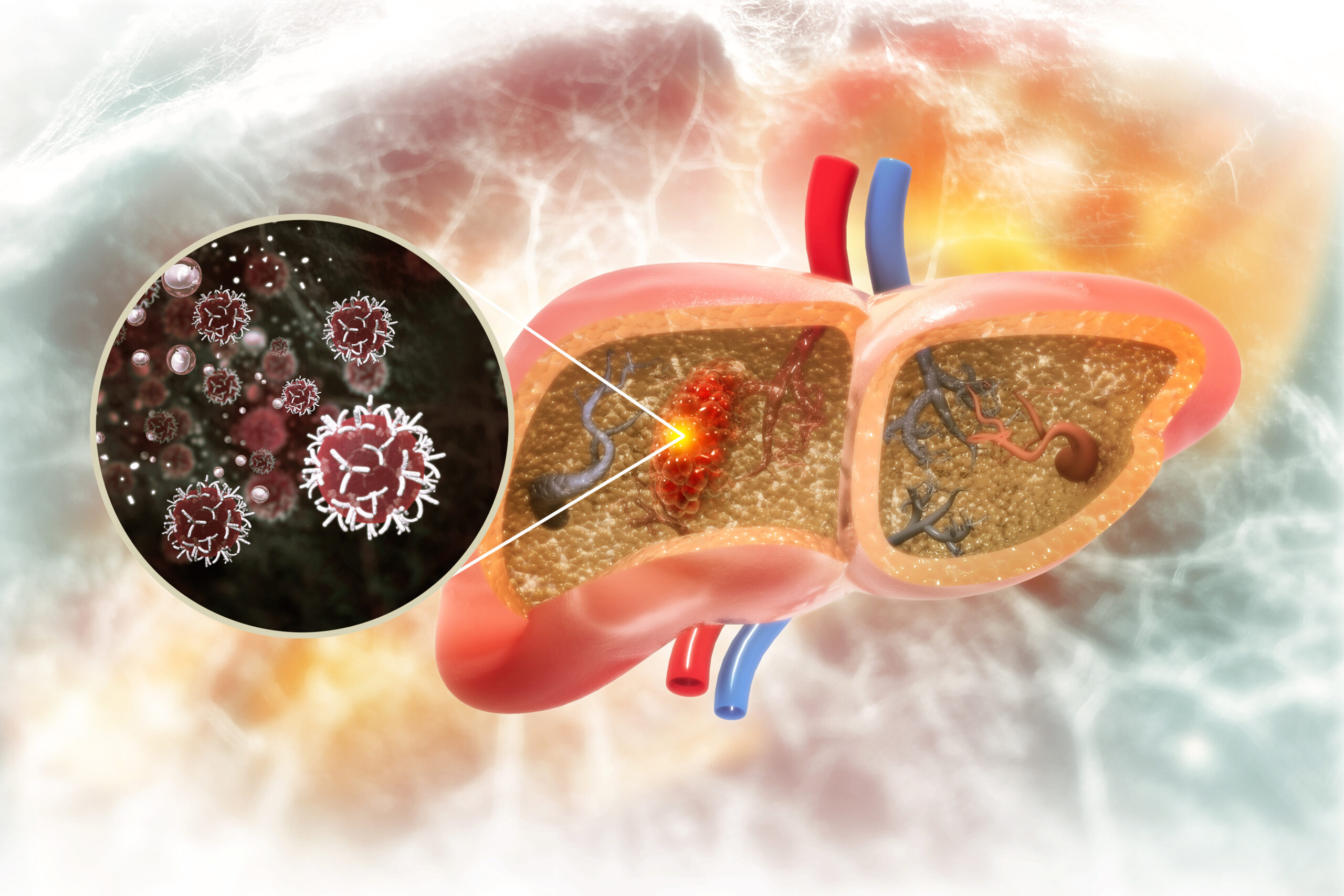
Developing new drugs takes a long time. Not only can it take years for scientists to devise a potential treatment in the lab, but it must undergo rigorous testing before it can be rolled out to the public, extending the drug’s total timeline to over a decade. This process is costly; worse, people are left without treatments that could improve their quality of life or their likelihood of survival.
Artificial intelligence might change that. A study published in Chemical Science details an AI system’s stab at developing novel hepatocellular carcinoma (HCC) treatments. If its pharmaceutical formula proves safe and effective, AI could help scientists create new treatments in a fraction of the usual time.
Researchers at the University of Toronto partnered with Insilico Medicine, a Hong Kong-based biotechnology company, to generate HCC treatments via AI. HCC, the most common manifestation of liver cancer, impacts more than 800,000 people yearly and causes nearly as many deaths. The hope was to develop a new treatment pathway and a “novel hit molecule” that could take advantage of that pathway. The AI did precisely that—and it only took 30 days.
The team paired Insilico’s Pharma.AI with AlphaFold, an AI system designed by DeepMind to predict a protein’s 3D structure based on its primary amino acid sequence. Pharma.AI uses OMICS data—the scientific community’s term for data generated during genomics, phenomics, proteomics, and other related studies—to discover diseases’ hidden signatures, then identify a target for existing or hypothetical molecules. In this case, Pharma.AI helped the team uncover a previously unknown treatment pathway involving the CDK20 protein coding gene, which promotes tumor growth and stunts the immune system.
Using CDK20 as a proposed target, the researchers turned to Chemistry42, another Insilico AI platform that generates new hit molecules (molecules that can carry out a desired activity). Chemistry42 used CDK20’s protein structure to build a series of small molecule inhibitors. These inhibitors might reduce CDK20’s suppression of the immune system when a tumor forms.
Those involved in the experiment say they’re now working to optimize Chemistry42’s hit molecules further. They also use this approach to explore treatment pathways and hit molecules involving G protein-coupled receptors (which manage the body’s sense of smell, taste, vision, and pain) and E3 ligase (which assists with DNA repair).
©2001–2023 Ziff Davis, LLC., a Ziff Davis company(Opens in a new window). All Rights Reserved.
ExtremeTech is a registered trademark of Ziff Davis and may not be used by third parties without express written permission.
 #Bizwhiznetwork.com Innovation ΛI |Technology News
#Bizwhiznetwork.com Innovation ΛI |Technology News


